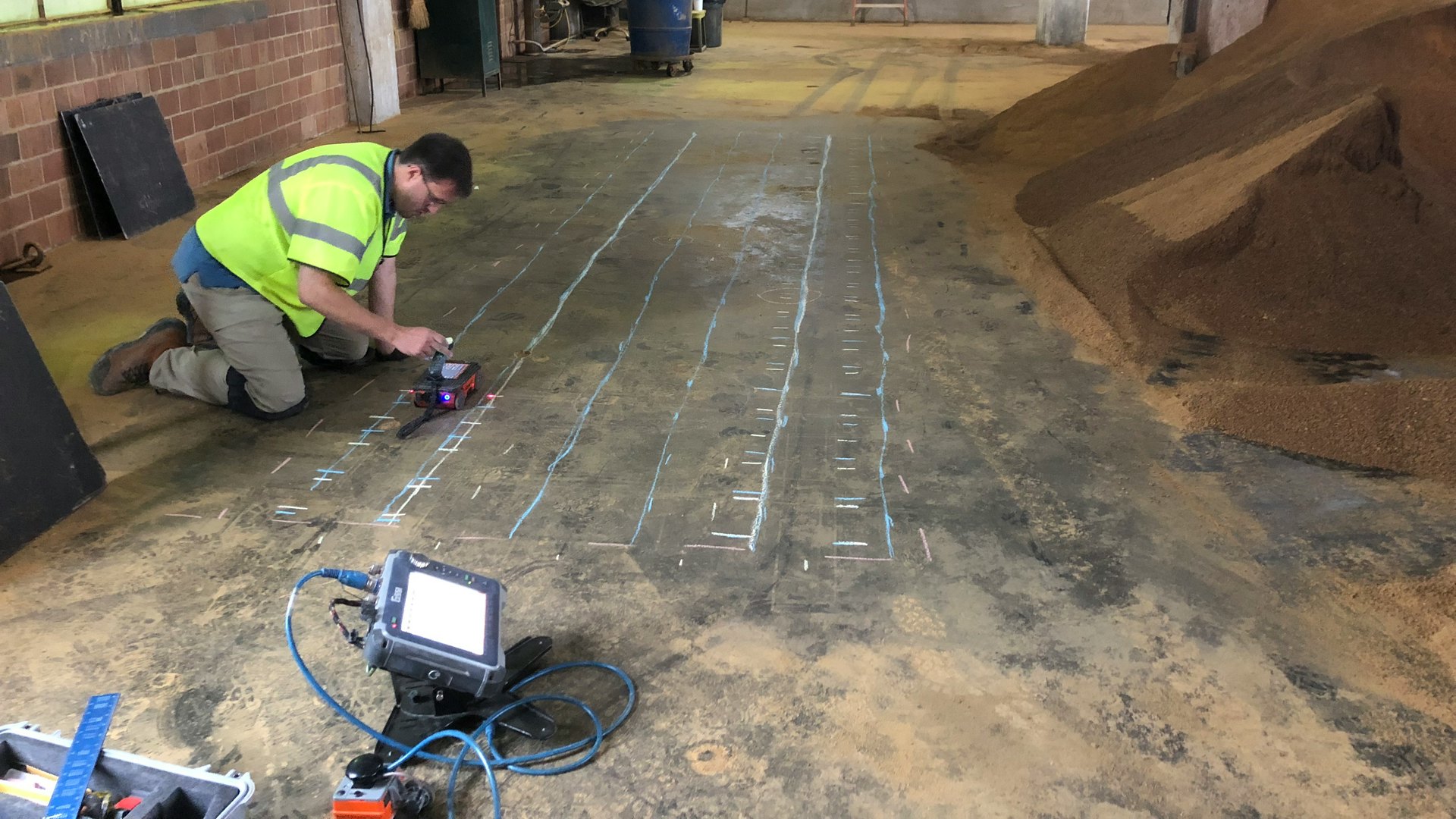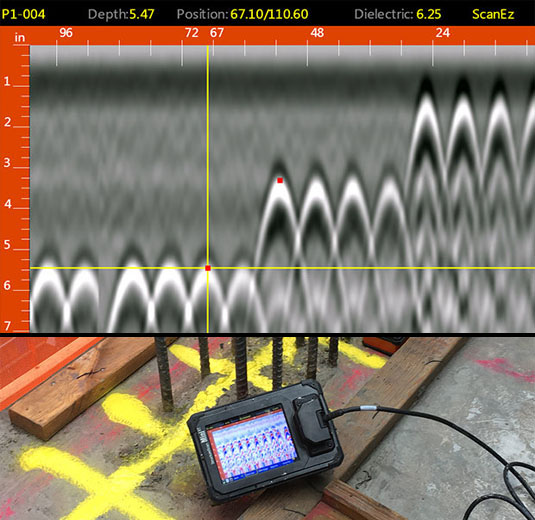Expert Tips for Optimum Concrete Scanning Outcomes
Expert Tips for Optimum Concrete Scanning Outcomes
Blog Article
Introduce the Transformative Power of Concrete Scanning in Maximizing Performance and Security
Concrete scanning has arised as a crucial tool in the building sector, offering unmatched advantages in enhancing job effectiveness and ensuring security standards. The transformative power of concrete scanning lies in its capacity to offer real-time information and detailed insights, revolutionizing exactly how jobs are planned and carried out.
Relevance of Concrete Scanning
Making sure the structural honesty and safety and security of building tasks begins with the vital action of conducting comprehensive concrete scanning. Concrete scanning is a non-destructive approach used to find and map subsurface elements within concrete frameworks.
Additionally, concrete scanning helps in optimizing task timelines and budget by avoiding unexpected prices and hold-ups that might arise due to unforeseen obstructions within the concrete. Inevitably, spending in comprehensive concrete scanning is a proactive approach that improves both performance and security in building and construction tasks.
How Concrete Scanning Functions
Concrete scanning runs as an important device in building projects by using sophisticated innovations to find and map subsurface components without triggering structural damage. Ground Passing Through Radar (GPR) and Electromagnetic Induction (EMI) are 2 key techniques made use of in concrete scanning. GPR jobs by discharging high-frequency radar pulses into the surface, which bounce back when they experience subsurface objects or voids. The moment taken for the signal to return shows the depth and location of the things. EMI, on the various other hand, utilizes magnetic fields to recognize differences in product structures, such as recognizing rebar or channels within concrete structures.
During the scanning procedure, the information gathered is assessed in real-time, enabling instant identification of possible threats or challenges underneath the surface. By employing these advanced innovations, concrete scanning substantially reduces the risk of costly problems and injuries on building websites.
Benefits of Concrete Scanning
One of the primary benefits of concrete scanning is the ability to spot and find ingrained items such as rebar, post-tension wires, and avenues properly. Concrete scanning assists in planning and developing a lot more properly, as it provides specific information about the place and depth of structural elements.

Study: Concrete Scanning Success

In one more instance, a construction company used 3D concrete scanning to analyze the condition of aging concrete frameworks in a historical building. The comprehensive go to my site scans offered beneficial insights right into the extent of degeneration and aided focus on upkeep initiatives efficiently. By proactively resolving areas of problem determined via scanning, the company was able to prolong the life expectancy of the framework and ensure resident security.
These instance researches emphasize the transformative power of concrete scanning in enhancing efficiency, accuracy, and safety in building tasks.
Executing Concrete Scanning in Projects
Executing sophisticated scanning innovations during building jobs has actually come to be significantly essential for enhancing precision and safety and security. By integrating concrete scanning into project planning and implementation, building and construction groups can recognize possible hazards, such as rebar or post-tension wires, concealed within see here now concrete frameworks. This positive method lessens the threat of mishaps, delays, and costly rework, inevitably bring about a lot more reliable task timelines and budget plans.
To execute concrete scanning efficiently, project supervisors should team up very closely with skilled scanning professionals to determine one of the most appropriate scanning methods for the particular project needs. Engaging scanning experts from the beginning of a job enables the group to produce comprehensive scanning strategies that resolve vital areas of problem and make sure extensive data collection.
Furthermore, integrating concrete scanning right into normal job process can simplify decision-making procedures, as real-time scan information provides instant understandings right into the problem of concrete structures - Concrete Scanning. This data-driven strategy assists in informed analytical and makes it possible for groups to make adjustments immediately, fostering a culture of performance and safety throughout the job lifecycle

Verdict
Finally, concrete scanning plays a vital duty in boosting efficiency and safety in building tasks. By making use of advanced innovation to map and discover out underlying frameworks within concrete, this procedure aids to avoid costly mistakes, make sure architectural honesty, and minimize risks on site. With the ability to uncover covert aspects and supply exact information, concrete scanning confirms to be an important tool for enhancing task end results and taking full advantage of general success.
Concrete scanning is a non-destructive technique utilized to find and map subsurface components within concrete frameworks. In addition, concrete scanning aids in maximizing task timelines and spending plan by staying clear of unanticipated prices and hold-ups that might develop due to unanticipated blockages within the concrete. One noteworthy situation research study includes a large-scale renovation task where concrete scanning played a crucial role in ensuring project success.In an additional situation, a building and construction business utilized 3D concrete scanning to evaluate the problem of maturing concrete structures in a historic structure. By integrating concrete scanning into task preparation her response and execution, building groups can recognize prospective hazards, such as rebar or post-tension wires, concealed within concrete frameworks.
Report this page